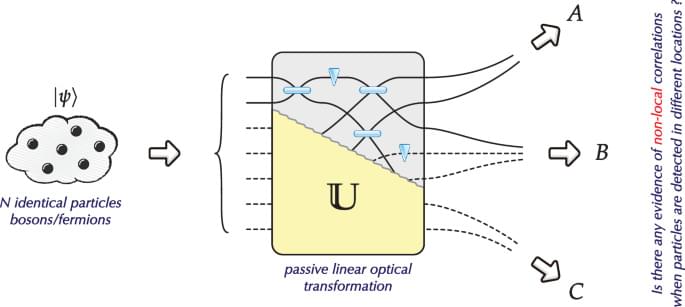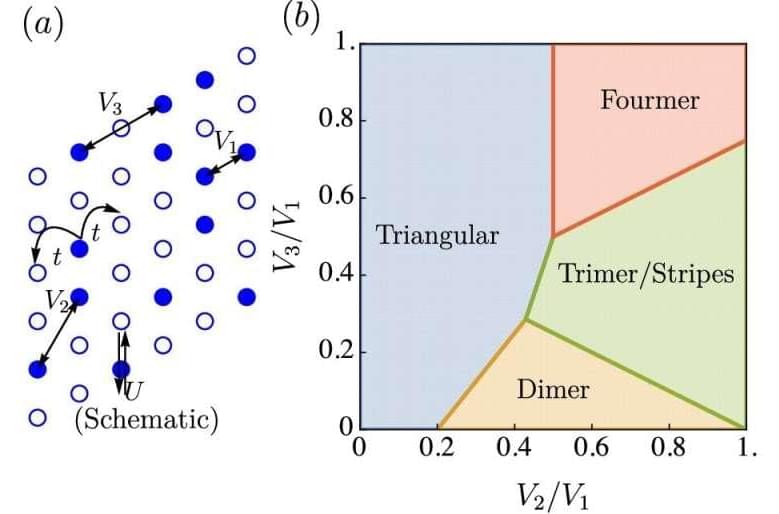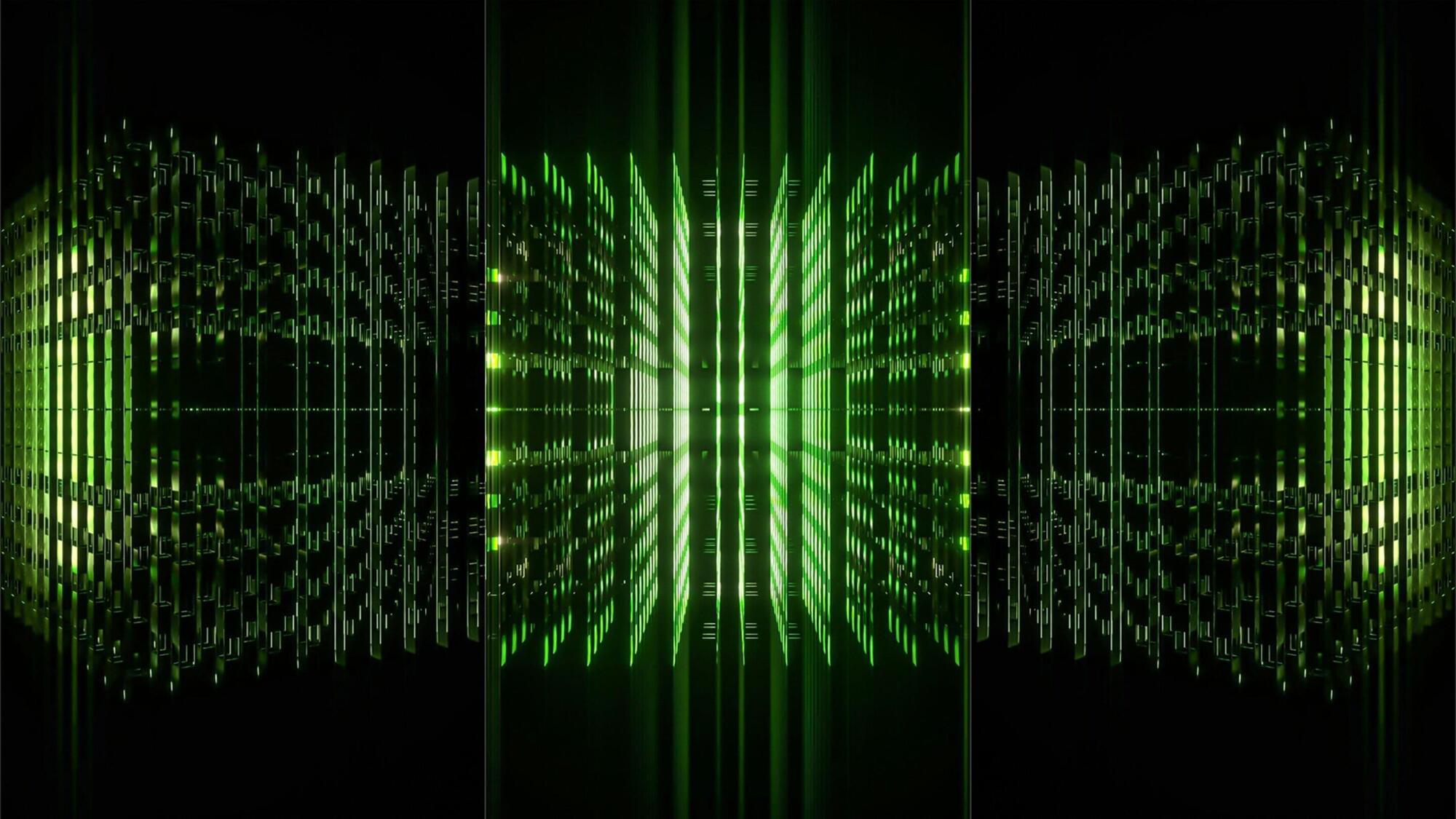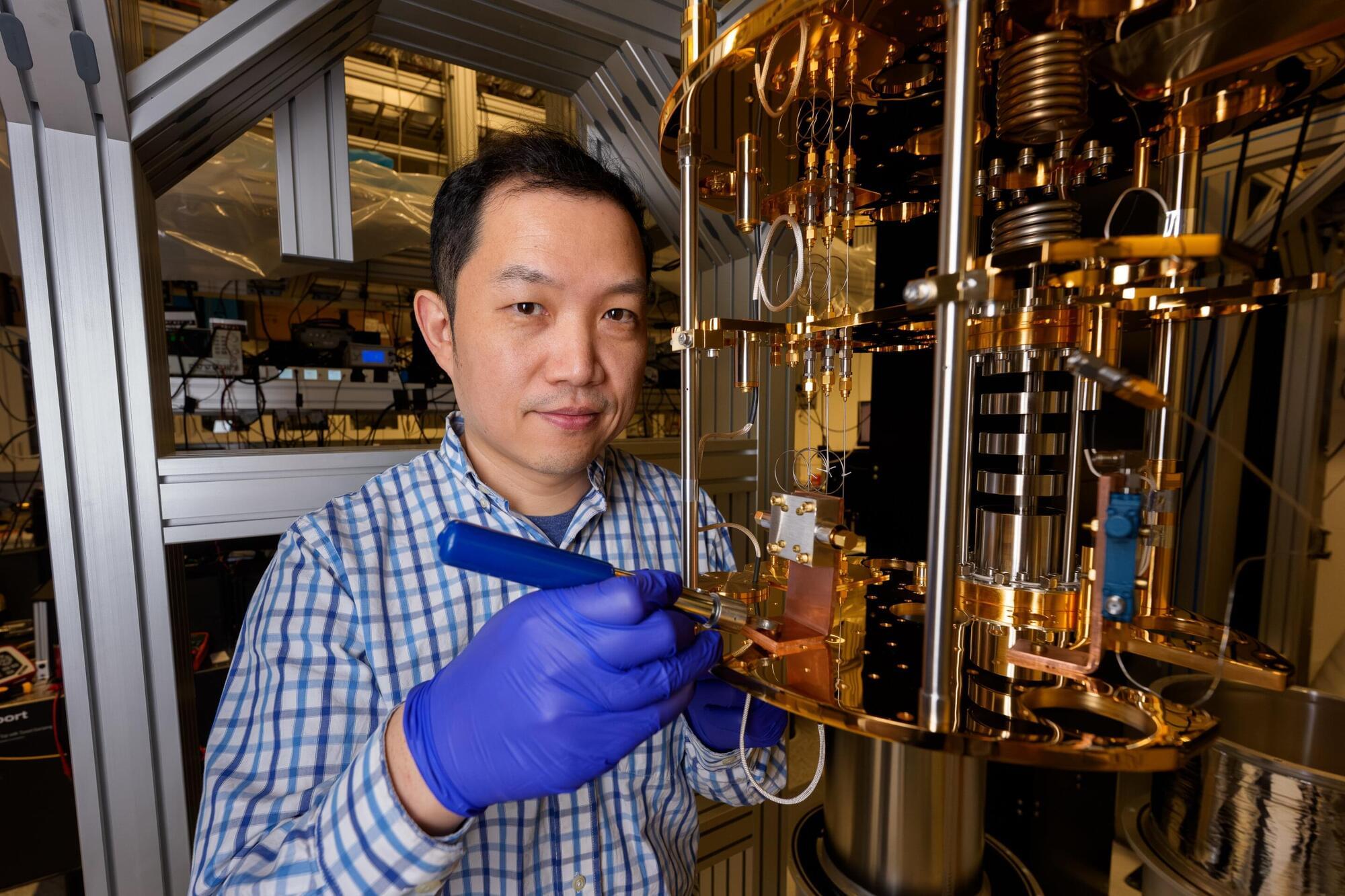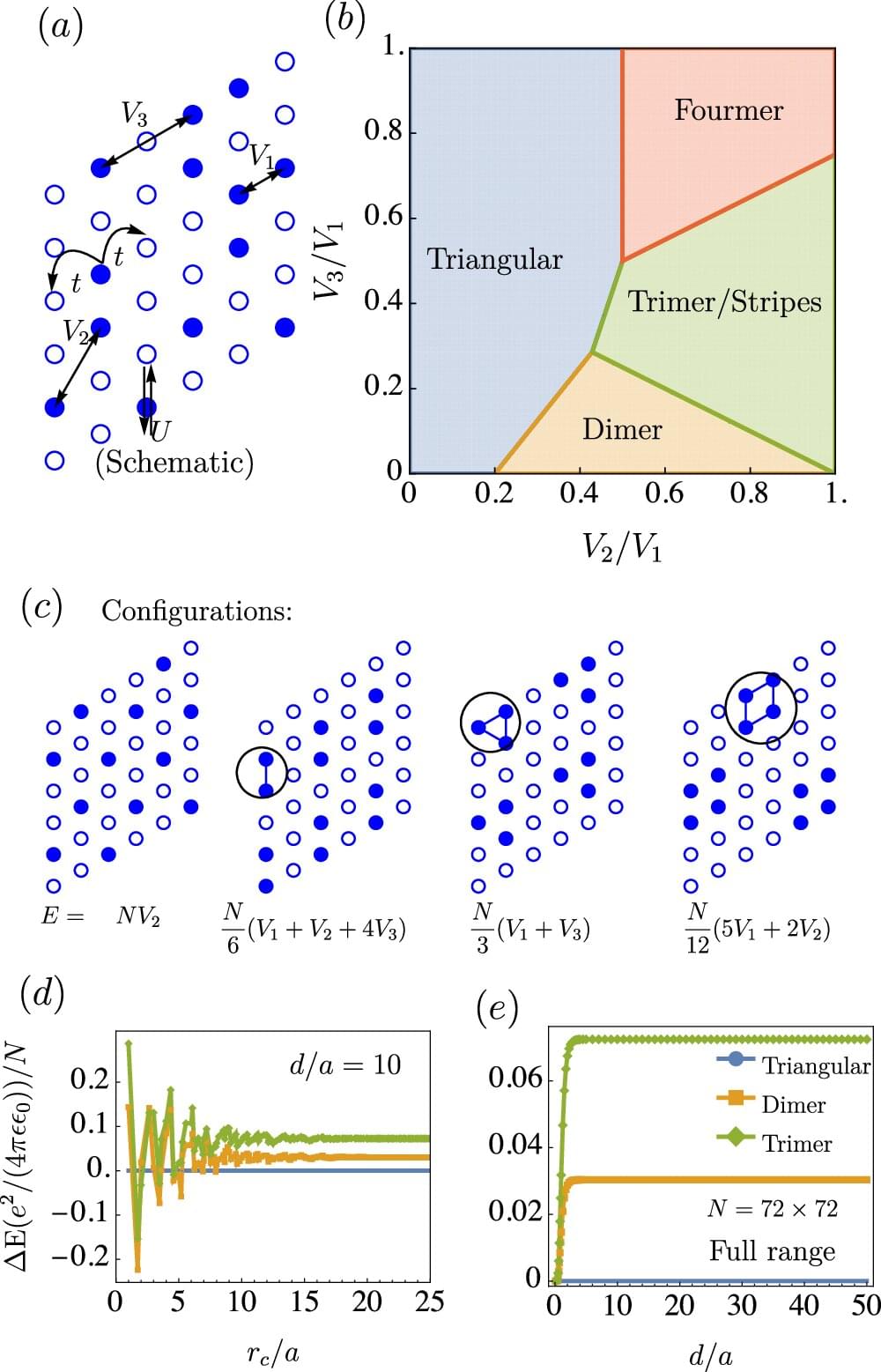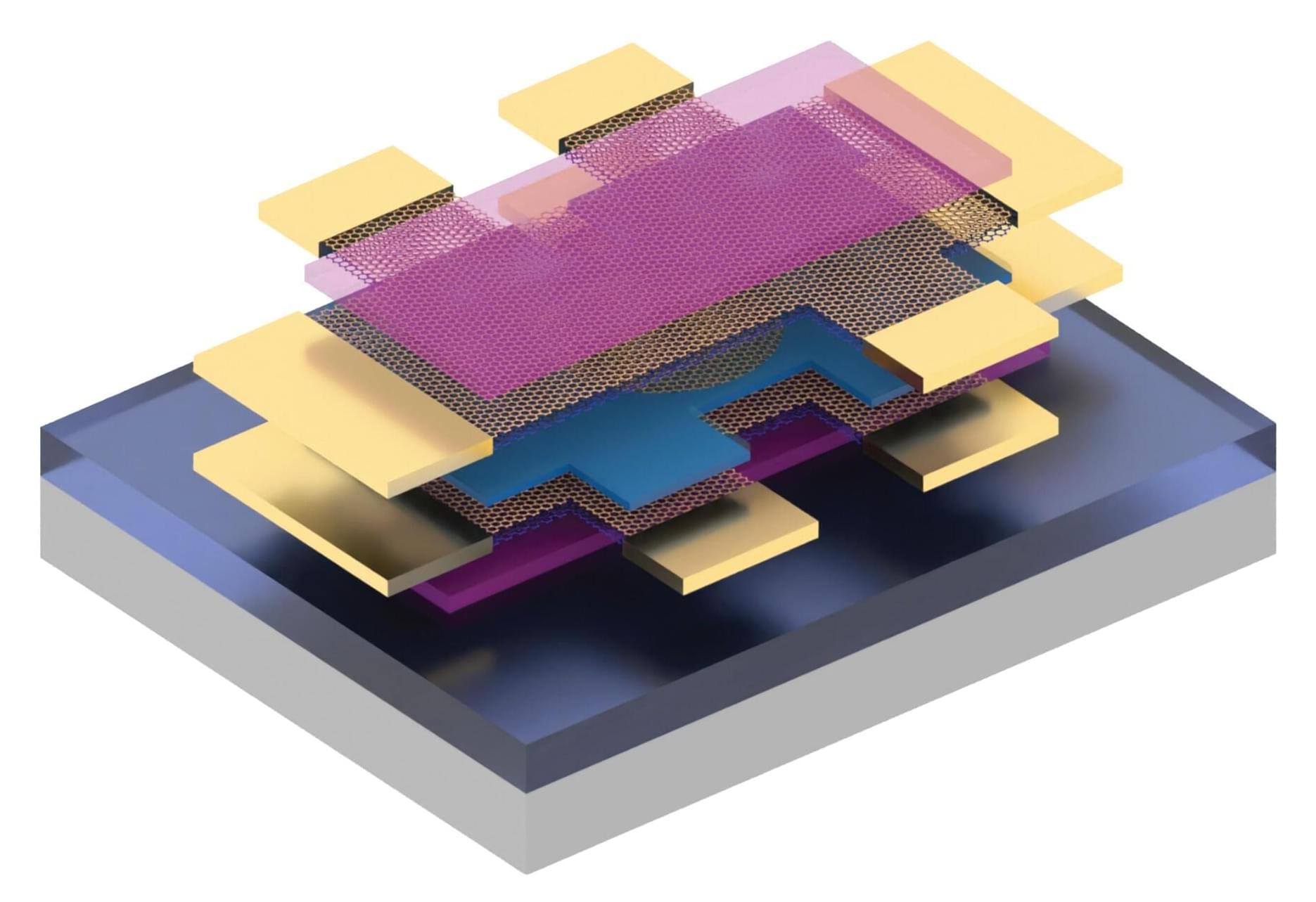For the first time, researchers have made niobium sulfide metallic nanotubes with stable, predictable properties, a long-sought goal in advanced materials science. According to the international team, including a researcher at Penn State, that made the accomplishment, the new nanomaterial that could open the door to faster electronics, efficient electricity transport via superconductor wires and even future quantum computers was made possible with a surprising ingredient: table salt.
They published their research in ACS Nano.
Nanotubes are structures so small that thousands of them could fit across the width of a human hair. The tiny hollow cylinders are made by rolling up sheets of atoms; nanotubes have an unusual size and shape that can cause them to behave very differently from 3D, or bulk, materials.


